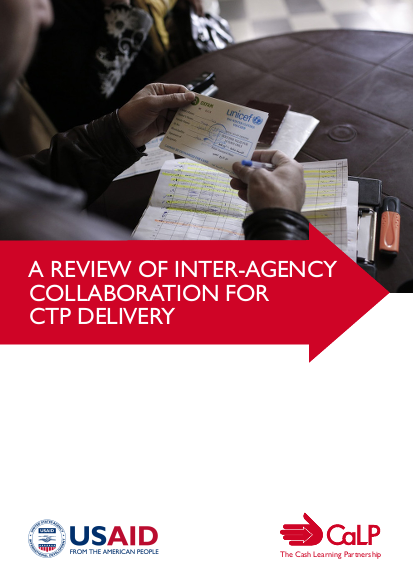
Recent global initiatives have reaffirmed the potential for Cash-Transfer Programmes (CTP) to effectively and efficiently meet a wide range of disaster-affected populations’ needs while preserving dignity and choice. Although much work has been done in advocating for the benefits of CTP and enhancing its use in humanitarian action, relatively less research has explored the means through which cash transfers can be delivered to maximise their potential. With the increasing funding gaps faced by humanitarian actors globally – compounded by increasingly protracted crises – demonstrating efficiency and effectiveness has become critical to ensuring the best possible allocation of limited resources to meet the needs of crisis-affected populations.
While there are different, strongly held views about how to organise stakeholders to maximise efficiency and effectiveness, evidence about how well different delivery models provide quality CTPs in different contexts – including governance and collaboration arrangements – is scarce. For example,which is more efficient and effective: diverse competitors responding to harmonised specifications or a single delivery mechanism able to access economies of scale? In which contexts, and under what enabling environments? What collaboration mechanisms maximise quality, coverage and consistency of delivery?
This study tests the commonly held assumption that greater collaboration results in greater efficiency or effectiveness. It establishes drivers and measures of efficiency and effectiveness in CTP delivery, characterises different models of collaboration for cash delivery and assesses these different models against the measures of efficiency and effectiveness.
